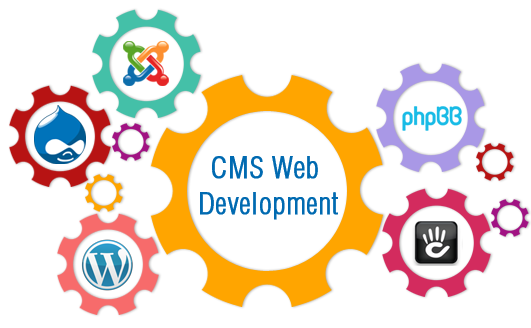Micro blogging is a form of blogging that allows users to share short updates, thoughts, or multimedia content with their followers. It is characterized by its brevity, typically limited to a specific number of characters or words. One of the most popular micro blogging platforms is Twitter, where users can post tweets of up to 280 characters.
Micro blogging platforms provide a quick and easy way for individuals, organizations, and even celebrities to share information, express opinions, and engage with their audience. Users can follow other accounts and receive updates from them in real-time, creating a dynamic and fast-paced environment for sharing and consuming content.
Micro blogging has gained popularity due to its simplicity and the ability to quickly reach a large audience. It has been used for various purposes, including sharing news, promoting products or services, discussing events and trends, and expressing personal thoughts and opinions. The use of hashtags in micro blogging allows users to categorize and search for specific topics, facilitating content discovery and engagement.
Besides Twitter, other micro blogging platforms include Tumblr, Weibo, and Sina Weibo, each with its own unique features and user base. Micro blogging has become an integral part of online communication, enabling users to connect and engage with others in real-time while sharing bite-sized content.
Variants of micro blogging?
While microblogging as a concept is primarily associated with platforms like Twitter, there are variants and similar formats that offer slight differences in features or target specific audiences. Here are a few examples:
Twitter: Twitter is the most well-known microblogging platform, where users can post tweets of up to 280 characters. It emphasizes brevity and real-time updates, making it popular for news, discussions, and general social networking.
Tumblr: Tumblr combines microblogging with a social networking aspect. It allows users to share short posts, images, and multimedia content, as well as follow and interact with other users’ content. Tumblr’s focus is on creative expression and sharing diverse forms of media.
Sina Weibo: Sina Weibo is a microblogging platform popular in China. It is similar to Twitter in functionality, allowing users to post short updates, follow others, and engage in discussions. Sina Weibo has a large user base and plays a significant role in Chinese social media.
Mastodon: Mastodon is an open-source, decentralized microblogging platform. It operates on the concept of instances, which are individual communities with their own rules and moderation. Users can join different instances based on their interests, and posts can be longer than traditional microblogs.
Plurk: Plurk is a microblogging platform that offers a unique timeline interface. Users can share short updates and engage in conversations through threaded comments. Plurk emphasizes interaction and provides a visual representation of conversations.
Gab: Gab is a microblogging platform that aims to provide a space for free speech and expression. It has gained attention for its open policies regarding content moderation and its focus on user privacy. Gab allows users to post short updates, interact with others, and join communities.
These are just a few examples of variants and alternatives to traditional microblogging platforms. Each platform offers its own features, user base, and focus, catering to different needs and preferences.
CMS for microblogging?

When it comes to setting up a microblogging platform, you can utilize Content Management Systems (CMS) to simplify the process and manage your content effectively. While CMS platforms are typically associated with larger websites or blogs, they can still be used for microblogging purposes. Here are a few CMS options that can be adapted for microblogging:
WordPress: WordPress is a versatile CMS that can be customized for various purposes, including microblogging. With its extensive plugin ecosystem, you can find plugins like P2 or BuddyPress that offer features specifically designed for microblogging, such as short updates, real-time commenting, and user interactions.
Drupal: Drupal is a powerful CMS that can be adapted to suit microblogging needs. It provides flexibility in content creation and management. By leveraging Drupal’s modules and customization options, you can create a microblogging platform tailored to your requirements.
Joomla: Joomla is another popular CMS that can be used for microblogging. It offers a range of extensions and templates to build a microblogging site with features like short posts, user profiles, and commenting. You can explore extensions like EasyBlog or EasySocial to enhance the microblogging functionality.
Ghost: While Ghost is primarily known as a dedicated blogging platform, its minimalist design and focus on writing make it suitable for microblogging as well. Ghost offers a simplified CMS experience and can be extended with themes and plugins to add microblogging features.
Grav: Grav is a flat-file CMS that provides a lightweight and flexible approach to content management. It offers plugins and themes that can be utilized to create a microblogging platform with features like short posts, tags, and user interaction.
It’s important to note that while these CMS platforms can be adapted for microblogging, they may require additional customization or the integration of specific plugins to achieve the desired functionality. Alternatively, if you have more advanced development skills, you can also consider building a custom microblogging platform using a web framework like Ruby on Rails, Django, or Laravel.




